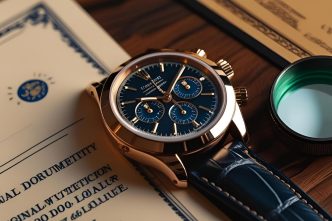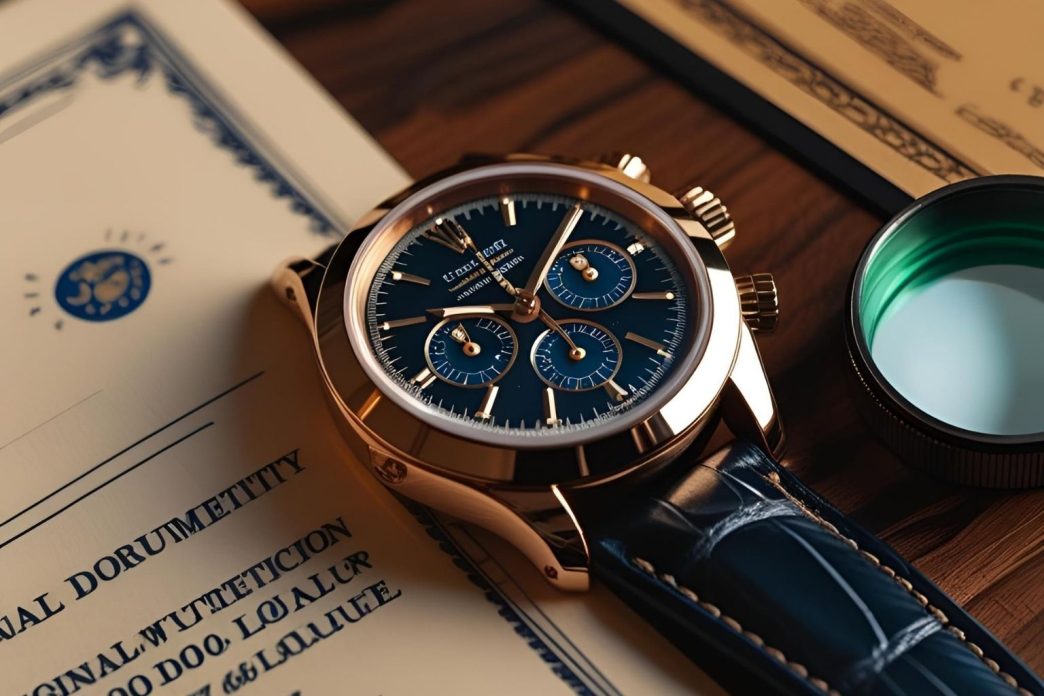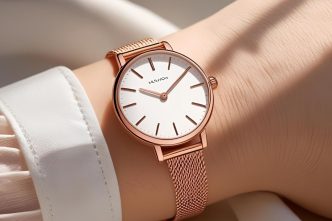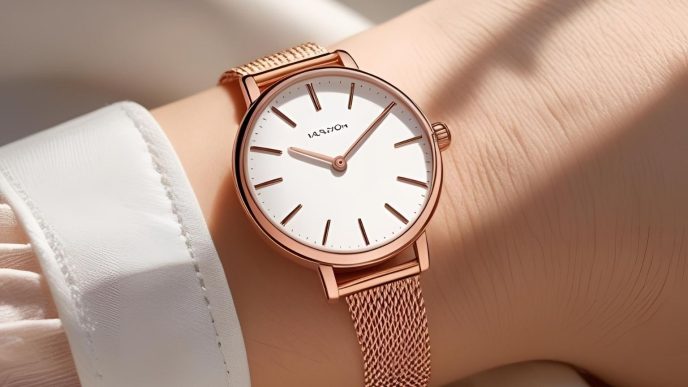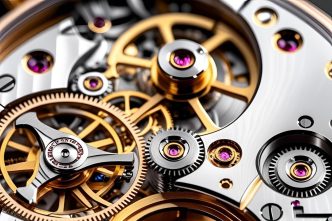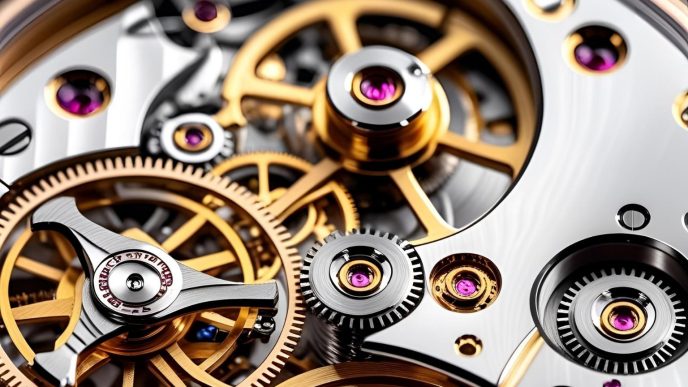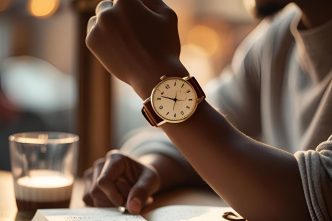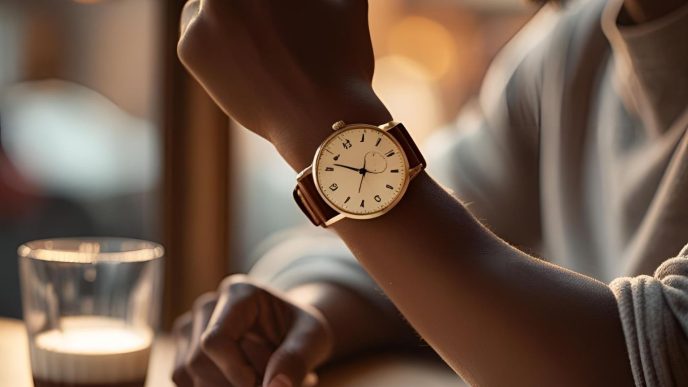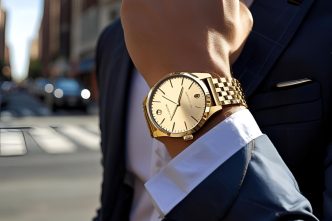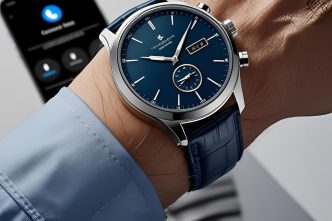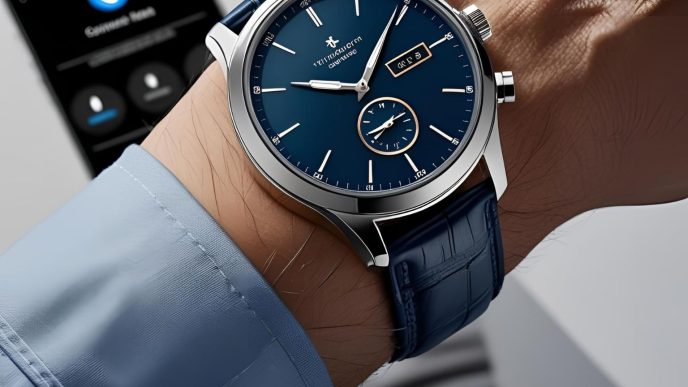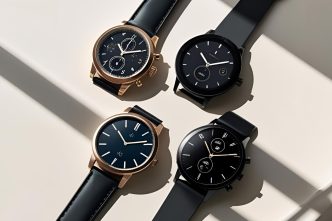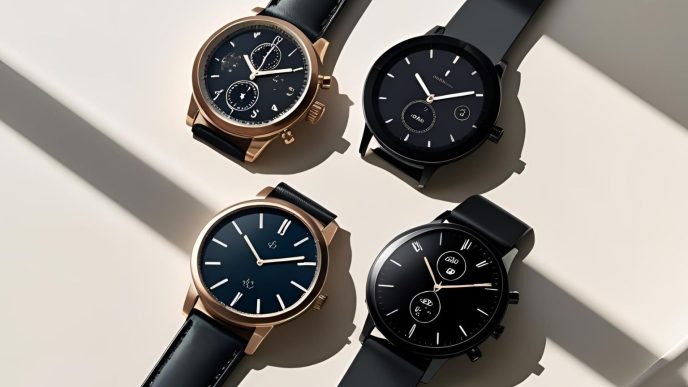The pre-owned watch market has grown massively in recent years—driven by collectors, investors, and those looking for luxury at a better price. But buying second-hand isn’t as simple as it sounds.
From verifying authenticity to understanding servicing needs, here’s everything you should consider before buying a used watch in 2025.
1. Verify Authenticity
Counterfeits are more advanced than ever. Always:
- Ask for original papers, box, and service history
- Compare the serial/reference numbers with official databases
- Buy from trusted resellers, not anonymous marketplaces
If the price is too good to be true, it probably is.
2. Check the Watch’s Condition
Look closely at:
- Crystal & case (scratches, chips?)
- Crown & pushers (functional?)
- Bracelet & clasp (loose links?)
- Dial & lume (restored or original?)
Ask for macro photos and videos from multiple angles if shopping online.
3. Understand Service History
Mechanical and automatic watches need regular servicing.
Ask:
- When was it last serviced?
- Was it done by the brand or a third-party?
- Are any parts non-original?
Service records can affect value, reliability, and future costs.
4. Research the Market Value
Compare prices on platforms like:
- Chrono24
- WatchBox
- eBay (but with caution)
- Local watch forums
Understand the market average, and beware of both overpriced and underpriced listings.
5. Know the Return and Warranty Policy
Trusted sellers often offer:
- Return windows (7–14 days)
- Service warranties (usually 6–24 months)
- Secure payment methods (Escrow, PayPal, Credit Card)
Avoid direct wire transfers unless it’s a reputable watch dealer.
Final Thoughts
Buying a pre-owned watch can be a smart move—but only if you know what to look for.
Take your time, ask questions, and don’t be afraid to walk away.
In 2025, information is your best protection—and your best investment.


